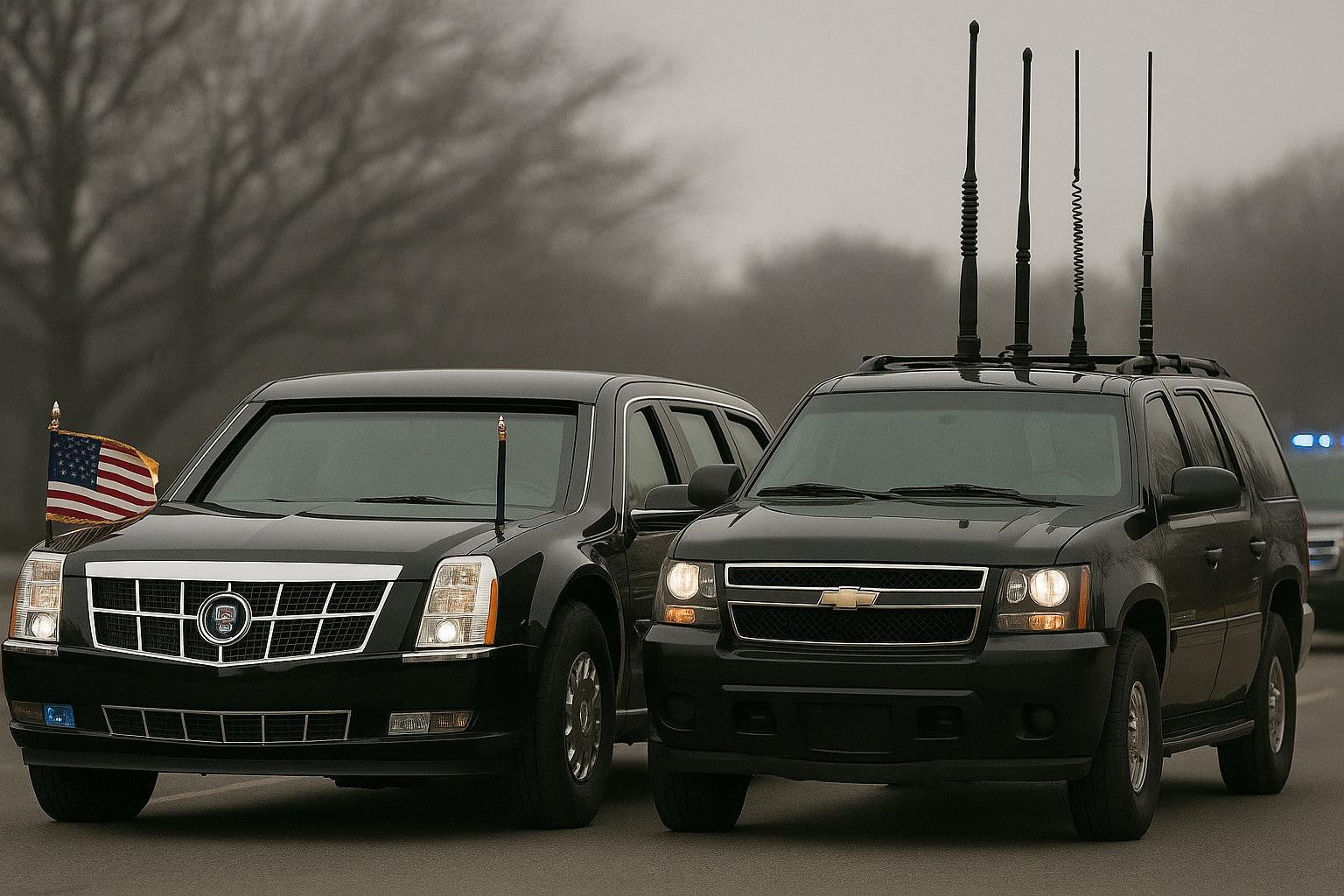No wireless tech is immune to interference – including the deliberate kind. Devices built to disrupt radio links are commonly called jammers or signal blockers. They’re simple in idea but loaded with social, legal and ethical complexity.
What exactly is a jammer?
A jammer is a device that deliberately emits radio noise on the same frequencies used by phones, GPS trackers, Wi-Fi routers, or other wireless equipment. By filling a band with interference the targeted devices can’t receive or send useful signals – calls fail, GPS fixes drift, and Wi-Fi streams drop.
Technically it’s straightforward: a radio source (often a voltage-controlled oscillator and amplifier) plus an antenna. The complexity comes from power, antenna design and how you aim the energy – an omnidirectional antenna blankets an area, while a directional antenna can focus jamming to a distant target.
How jammers are used – legitimate and not
There are many legitimate, important uses:
- Military & security: defeat remote-detonation triggers or deny enemy comms.
- Protective details: presidential motorcades sometimes use jamming to guard VIPs from radio threats.
- Correctional facilities: block illicit inmate phone use.
- Law enforcement: during sensitive operations to prevent remote detonation or data exfiltration.
But the same tool can appear in controversial places: lecture halls, restaurants, shopping malls, or public transit – and that’s where the dilemmas start.
The dilemma: useful tool vs. public harm
When a school uses a jammer to stop cheating, it seems practical. But unintended consequences follow:
- Collateral disruption: nearby people might be unable to make emergency calls.
- Public safety risk: jamming can interfere with medical devices, alarm systems or first-responder comms.
- Rights and access: jamming restricts others’ freedom to communicate and may break laws.
- False sense of security: blocked signals don’t fix the underlying problems (education, surveillance policies, etc.).
So the question isn’t just technical – it’s about who has the authority to turn off the air, where, when and under what safeguards.
Can you buy one?
Most countries treat consumer jammers as restricted or illegal. In many jurisdictions selling, owning or operating a jammer without authorization can carry fines or criminal penalties. That’s why mainstream marketplaces remove them, and legitimate buyers (governments, security agencies) obtain approved equipment through controlled channels.
DIY jammers – why the internet’s diagrams are misleading
You’ll find DIY schematics online that make jamming sound trivial. In practice:
- Simple circuits often lack proper filtering, shielding and power control.
- A botched jammer can damage nearby electronics, create harmful interference, or even violate laws.
- Effective jamming needs RF know-how: antenna matching, power levels, frequency stability and safety protections.
In short: the “few components” guides are educational demos – not safe, legal alternatives to certified equipment.
How far can a jammer reach?
Range depends mainly on two things:
- Transmitter power – low-power units reach a few meters; high-power systems can reach hundreds of meters.
- Antenna type – omnidirectional antennas cover a wide area at short range; directional antennas concentrate energy and hit farther.
Environmental factors (walls, nearby cell towers, terrain) also massively affect real-world range. So advertised ranges are approximate – not guarantees.
Technical safeguards and abuse prevention
Serious jammer systems include protections: automatic power limiting, VSWR (reflected power) cutouts, and channel selection to avoid accidental disruption. These features make devices safer for authorized professional use – and harder to misuse.
Ethics & public policy: technology vs. values
Technology isn’t moral on its own. A jammer can protect lives – or violate rights. That’s why many debates focus less on the gadget and more on governance:
- Who decides when jamming is allowed?
- How do we protect emergency communications?
- How do we balance privacy, safety and free communication?
Public policy, not just engineering, must answer those questions.
Quick practical guidance
- Don’t buy or operate a jammer before checking the law.
- If you need signal control for a legitimate purpose, work with authorized vendors and obtain permits.
- Avoid DIY attempts – they’re risky, ineffective, and may land you in legal trouble.
- Prefer mitigation over suppression where possible: shielding, access control, education, network management.
Short FAQs
- Q: Are cell phone jammers legal?
A: It depends on your country. Many jurisdictions restrict or ban jammers for public-safety reasons. Always check local law. - Q: Will a jammer stop GPS trackers?
A: Yes – a GPS jammer can prevent a device from receiving satellite signals, but effectiveness depends on power, antenna and environment. - Q: How far can jammers reach?
A: From a few meters (low-power) to hundreds of meters (high-power + directional antenna). Real range is highly environment-dependent. - Q: Can I make a DIY jammer?
A: It’s not recommended. DIY units are often illegal, unreliable and potentially dangerous.

